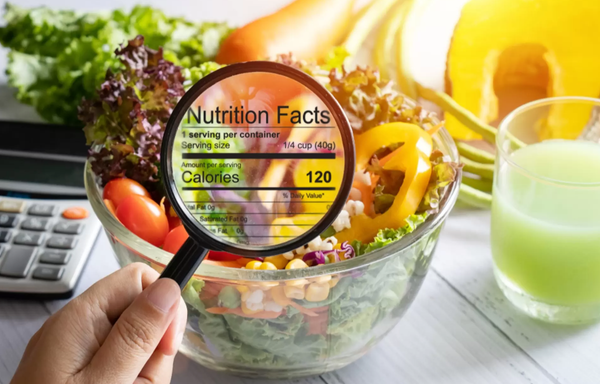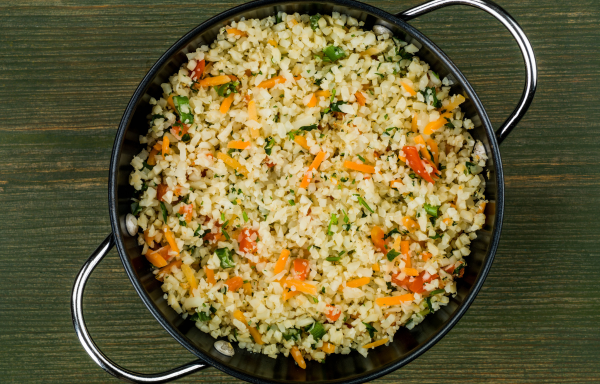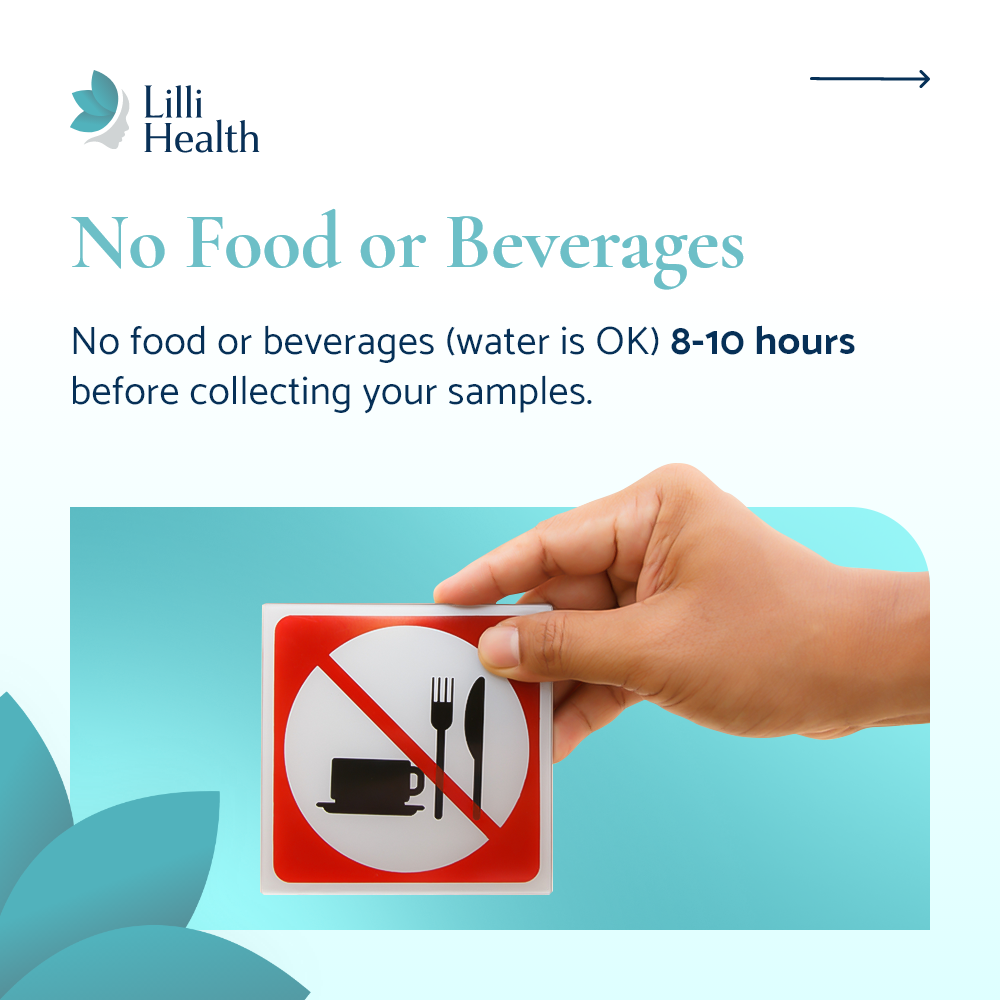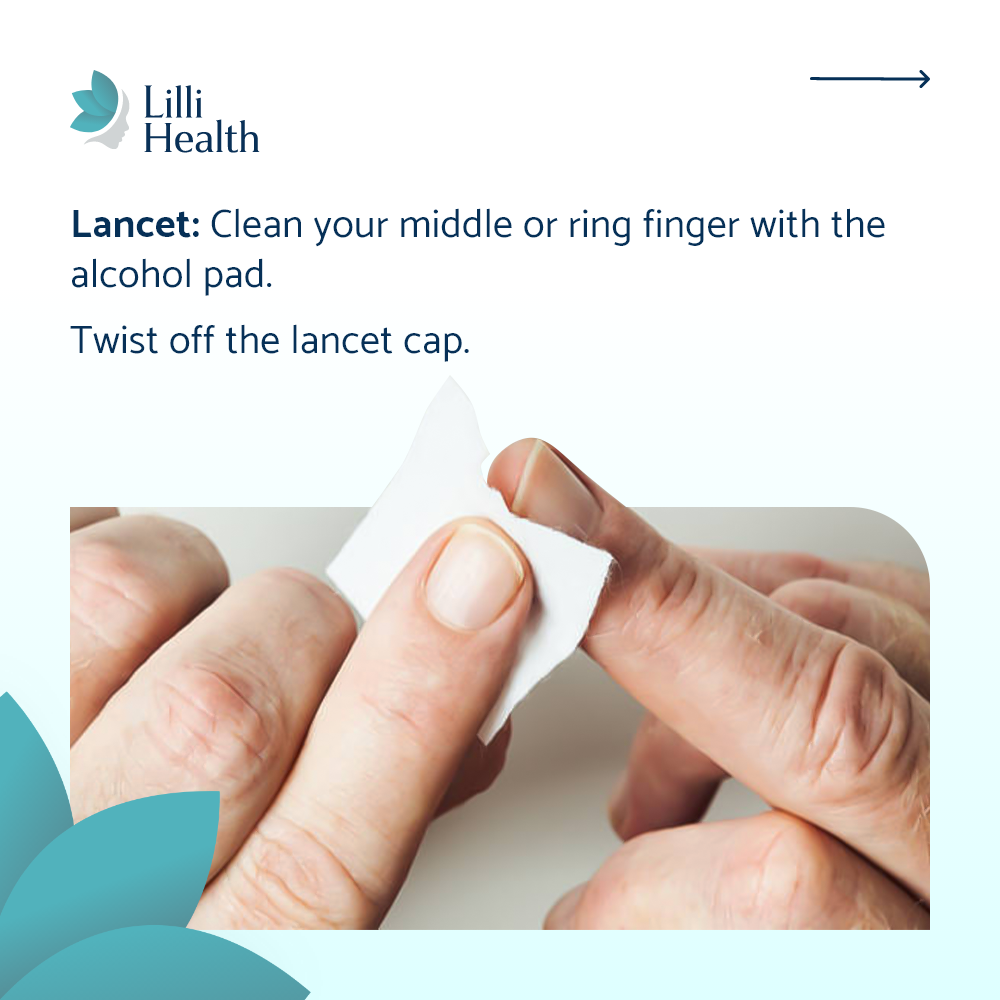

Lilli vs. Low-Fat: Why Fat Was Never the Problem
For decades, we were told that eating fat makes you fat and that a low-fat diet was the key to improving insulin resistance. And while some studies suggested that lowering fat intake could help with insulin sensitivity, there’s a huge catch that no one talked about.
It’s not just about the fat—it’s about what you eat with it.
The Real Problem: Fat + Starch = Metabolic Chaos
The real issue isn’t fat itself—it’s fat and starch together.
When you eat fat, it breaks down into free fatty acids that circulate in your bloodstream. When you eat starch (or sugar), it floods your bloodstream with glucose. If both of these are present at the same time, your metabolism gets completely overwhelmed.
Think of it like putting gum in a lock. The lock is your insulin receptors, the key is insulin, and fat + starch is the gum that clogs the whole system. Your pancreas overreacts and sends out more insulin, worsening the vicious cycle.
So what was the solution in the past? Reduce fat intake.
Because no one was about to recommend eating fewer grains (since our entire food and agricultural economy was built on wheat and corn), fat became the scapegoat. The theory was that if we removed fat, we could eliminate the metabolic mess.
But what actually happened?
- People ate more sugar and starch instead.
- Food companies replaced fat with sugar. (Does anyone remember SnackWell’s cookies? Probably aging myself with that one.)
- Insulin resistance skyrocketed.
- Obesity rates climbed higher than ever before.
When you eat low-fat, high-starch foods, insulin levels stay elevated all day long, making fat burning nearly impossible. So instead of solving the problem, we made it worse.
The High-Fat Studies That Confused Everyone
If you’ve ever seen a study that talks about high-fat diet-induced insulin resistance, it’s important to look at the details.
In these studies, researchers don’t just feed animals fat—they combine a high-fat diet with high-starch lab chow. Of course, this combination leads to insulin resistance! But instead of blaming the starch, fat took the fall.
The real issue is not fat alone—it’s fat combined with too much glucose.
If you remove the excess glucose, fat is easily used for energy because insulin levels stay low. Instead of being stored, fat is burned.
The Red Meat Myth: The Study That Doesn’t Exist
Somewhere along the way, red meat became the enemy. It was lumped in with ultra-processed foods, sugary sodas, and refined grains—without anyone actually questioning why.
Here’s what’s missing from the conversation: The meat that most people eat is typically sandwiched between two slices of bread, served with a baked potato or french fries, wrapped in a tortilla, or placed over a bed of rice.
There are no prospective studies where researchers took participants and had them continue eating red meat but swapped out the bread, baked potato, french fries, tortilla, or rice that typically comes with it. No study has looked at the health effects of red meat served with roasted vegetables instead of starch.
That study simply does not exist.
Instead, the research we do have looks at people eating red meat in the context of a high-starch, high-sugar, highly processed diet. Of course, if you eat a burger with fries and a soda, that’s a metabolic disaster. But was it the red meat—or was it the insulin spike from everything else?
This is why context matters. Red meat isn’t the problem. It’s what you eat with it that determines how it affects your metabolism.
Your Body Needs Fat, Not Starch
Fat isn’t just fuel—it’s essential for every cell in your body.
- Your hormones are built from fat.
- Your brain is made of fat.
- Your skin, hair, and nails need fat to stay healthy.
- Fat keeps you full and provides long-lasting energy.
When people started cutting fat, they unknowingly created new problems:
- Dry skin, dry hair, and brittle nails
- Mood swings and brain fog
- Hormonal imbalances
- Constant hunger and cravings
We were never meant to survive on starch alone. We need fat—but we don’t need all that extra glucose.
The Bottom Line
The low-fat diet failed because it ignored the real issue. It wasn’t fat that was causing insulin resistance—it was the combination of fat and starch.
Instead of reducing fat, we should have reduced starch. If we had done that, we wouldn’t have seen the explosion of insulin resistance, diabetes, and obesity that followed the low-fat craze.
When you follow a Low Insulin Lifestyle, you can enjoy healthy fats without worrying about insulin spikes. Because when insulin stays low, your body knows exactly what to do with fat—it burns it for fuel.






















